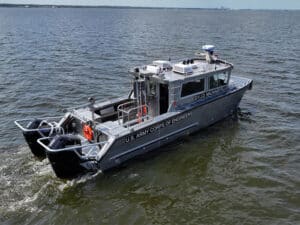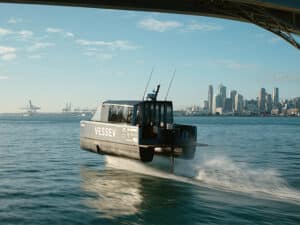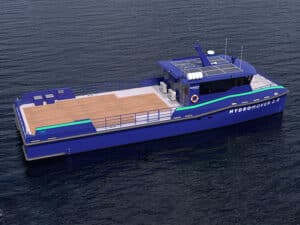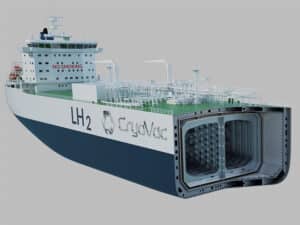
Study aims to ease Australian path to LNG fueled ships
Written by Nick Blenkey OCTOBER 16, 2012 — Det Norske Veritas (DNV) and nine key members of the Australian maritime, port and energy sectors have established a four-month study organized as a Joint Industry Project (JIP).
OCTOBER 16, 2012 — Det Norske Veritas (DNV) and nine key members of the Australian maritime, port and energy sectors have established a four-month study organized as a Joint Industry Project (JIP).
The intention is to facilitate the adoption of LNG fueled vessels in Australian waters. Using LNG as marine fuel eliminates SOx and particulate matter emissions, nets a 15 percent reduction in GHG emissions and diminishes that of NOx by 85-90 percent. This addresses both local and global pollution issues.
The study aims to cover the infrastructure and regulatory requirements need as well as the potential benefits and risks faced by energy majors, ports and shipowners considering LNG fueled vessels.
The study will concentrate on LNG fueled OSVs and tugs plying in Australian waters, but the key recommendations developed will be valid for most ship types. Geographically, the focus will be on the ports of Dampier, Darwin and Melbourne as points of inclusion.
The JIP is managed by DNV and is co-sponsored by DNV along with the Australian Maritime Safety Authority (AMSA), BOC Limited (Linde Group), Farstad Shipping Pty. Ltd., Ports Australia, Rolls-Royce Marine AS, SVITZER Australia, Swire Pacific Offshore Operations (Pte) Ltd., Teekay Shipping (Australia) Pty. Ltd. and Woodside Energy Ltd.
Key obstacles in promoting LNG fuelled ships will be identified, with an initial consideration of adequate infrastructure and existing regulations; which in Australia is complicated by the diverse state based legislative schemes.
Safety is of utmost importance for such a development and ports will face the challenge of offering safe storage and ship-specific bunkering of LNG. These challenges will also be incorporated in the study.
Project goals include an assessment of the regulatory framework and infrastructure necessary for LNG bunkering at the Federal level and for selected States. By the end of 2012 the JIP will deliver a gap analysis and a map of legal and infrastructural challenges and opportunities. The JIP will also produce internal and external reports covering key areas for improvements as well as recommendations on the direction and steps to be taken in the LNG fuel domain for the benefit of the Australian maritime industry.
This JIP aims to give the required exposure to LNG as a fuel and to provide objective information to be used in subsequent detailed studies in triggered LNG bunkering initiatives.
This JIP leverages on the increasing interest in LNG as a marine fuel in the general Pacific region. Dr. Sanjay Kuttan, Managing Director of DNV’s Clean Technology Center (CTC) says, “The convergence of availability of gas, innovative technologies, progressive regulatory measures and visionary leadership will make LNG a major cleaner energy source for power generation, land and sea transportation, petrochemical feedstock and domestic gas a reality in the near future.





Leave a Reply
You must be logged in to post a comment.